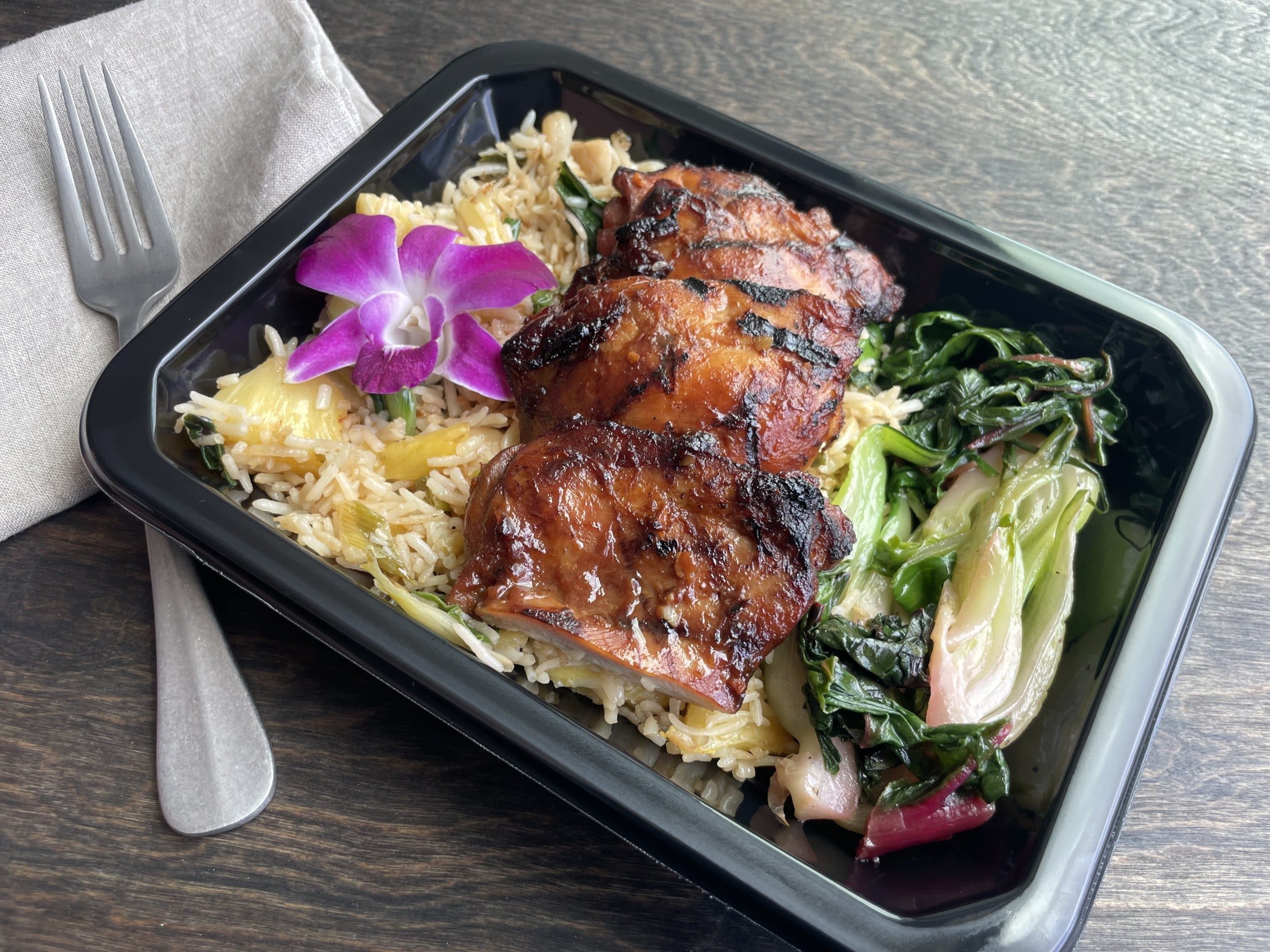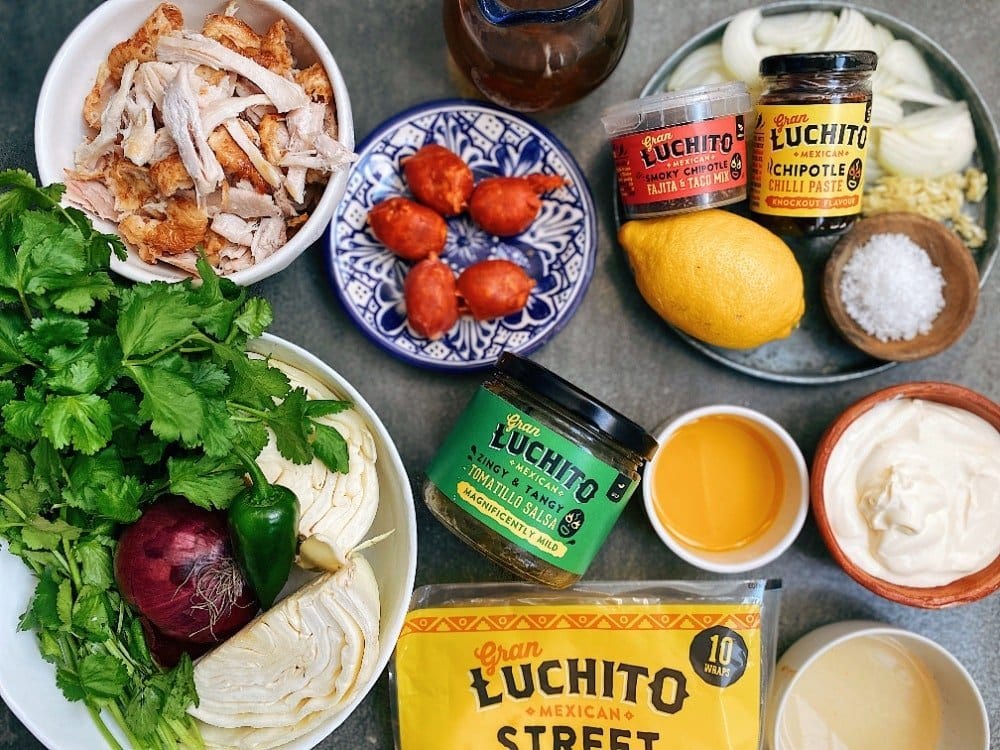
Take your tastebuds on a Hawaiian Vacation
Summer just got here, and this heat already has us dreaming of a sweet island getaway. That’s why this month we turned to the beautiful
Cart
No products in the cart.
NEW YEAR SALE ENDS IN
Spend $130, Save $15. Spend $170, Save $20. Spend $200, Save $30.
The low-carb diet encompasses several highly-marketed diets, most recently the Paleo and the Ketogenic diet. Each of these examples takes the same general idea of a low-carb diet and add a few unique stipulations, but the core idea is consistent: ditch the carbs and you will lose weight.
Carbs, or carbohydrates, exist in many foods. We most commonly think of foods that are high in carbs like bread, sugary foods, pasta, sodas, potatoes (yes, that includes french fries) and rice. But those aren’t the only foods that are high in carbs. Some fruits such as apples, bananas, oranges, pineapples, and their respective juices also contain carbs. Cereals, sugary-sweet things such as chocolate and beer are also carb-carrying vessels for your body.
Carbs break down into sugars, which your body uses in a few different ways. It’s important to note that not all carbs are the same. The way your body reacts to a soda is not the same as the way it reacts to quinoa. Spoiler alert: quinoa is a “good” carb.
Carbs mainly provide the brain with energy, but your body can also use carbs to aid digestion, cell functions, and the functions of vital organs. The brain and red blood cells require carbs to function, gleaning energy from the glucose extracted from carbs. You could say brain function is pretty important, and glucose from carbs is the quickest way to supply energy to the brain… not to mention red blood cells which carry oxygen throughout the body’s organs and tissue. Besides immediate energy for the brain and active muscles, energy from carb consumption can be stored in the body for later use. Note the word “active” when describing muscles… excess glucose from carbs can be stored as fat.
Enzymes created when carbs are processed by the small intestine aid in the digestion of starches, which can then be absorbed into the bloodstream. Many foods containing carbs are good sources of fiber, which makes you feel full, and helps your body digest food. High-carb diets have been said to reduce the risk of obesity because “good” carbs make you feel full, and require digestion time. We’ll get to “good” vs. “bad” carbs below.
High-carb foods have a positive effect on blood glucose level, which increases and subsequently decreases at different rates depending on the food that is consumed. A certain food’s effect on our blood glucose level is measured by something called the Glycemic Index.
It all sounds complicated, but it’s not rocket science, and understanding the basic science behind it all will help you make healthy, informed decisions.
Highly-refined white table sugar = High Glycemic Index
100% Whole Wheat Pasta = Low Glycemic Index
If you saw The Barry and Moe Nutrition Show where they discussed macronutrients, you will remember that the 3 macros our body uses are protein, fat, and carbs. Each of these macros perform important functions in the body. If carbs provide energy for the brain and red blood cells, and aid digestion, why would someone want to reduce their carb intake?
A low-carb, high-fat diet like the Ketogenic diet, or Keto diet, promotes the burning of body fat for energy. Ketones replace glucose as an energy source, burning body fat out of necessity due to the lack of glucose coming in from carbs. When followed closely, the Keto diet can lead to weight-loss. Sugar alcohols found in highly-processed foods can also upset your stomach, so one can claim a low-carb diet eases stomach issues as well.
Studies suggest foods with a low Glycemic Index reduce the likelihood of obesity and the development of type-2 diabetes. High Glycemic Index foods require a lot of insulin to keep glucose levels normal and keep you feeling good. Someone with type-2 diabetes has an inability to produce insulin, and therefore an inability to regulate blood glucose levels. High GI foods are unhealthy and downright dangerous to someone with type-2 diabetes.
It is best for someone with type-2 diabetes to stick with low Glycemic Index foods that take longer to digest, with lots of fiber. So while high GI foods like white bread, sugary pastries, white pasta, white rice, and other highly-processed carbs should be avoided, low GI foods like quinoa, wild rice, whole wheat bread, and whole wheat pasta are recommended carbs.
We could write a whole article on recommended foods for diabetics, and maybe we will in the future. For now, its good to note that there are good, helpful carbs and “bad”, high-processed carbs. “Bad” is in quotes because many of these foods are not inherently bad for people without diabetes or other health conditions, but when consumed in excess, and without physical exercise, can lead to negative health effects. Excess sugar from high GI carbs can be turned into fat, or energy storage, and lead to obesity for instance. Physically active people need more carbs to burn throughout the day, less active people don’t need as much energy.
Constipation. When you know you have to but you just can’t. If you’ve tried a diet that had you cutting carbs, you may have encountered this little issue. Constipation occurs when you lack fiber, something that good carbs contain a good amount of (see the side of your favorite non-children’s cereal box). If you are cutting carbs and still stuck on the pot, be sure to increase the fiber you’re no longer getting from carb-heavy foods with high-fiber veggies. Broccoli, peppers, squash are your friends.
Dehydration. A result of your body relying more heavily on ketones. Just drink more water and eat your veggies. We will go into this further in our article covering the Ketogenic Diet.
Vitamin loss. Take supplements to recover lost vitamins like folic acid, an important B vitamin.
Not all carbs are your enemy, highly-processed ones are. Pretty much every low-carb diet allows for quinoa and whole-grain options. They make you feel full, which is a problem for people starting out on a low-carb diet. They aren’t stored as fat because it’s too much of a hassle for your body (seriously!).
Losing the joy you get from eating. Just kidding on this one, many people that follow low-carb diets claim their cravings and tastes change with the diet!
The recent popularity of several highly-marketed diets has brought new focus (and intensity) to the low-carb debate. Many have been attracted by the appeal of weight-loss that low-calorie diets claim. But it’s important to remember the role carbs play in providing energy for our brains and red blood cells, digestive benefits, and organ functions.
While we at EatFlavorly don’t advocate ditching carbs completely, we are happy to see a new focus on “good” carbs vs. “bad” carbs. That’s why many of our meals are low-carb diet friendly. As part of a well-balanced diet, the carbs options we do use are all-natural ingredients, not the highly-processed, high-GI carbs that fall under the “bad” category. Our carb options range from traditional jasmin rice and brown rice to new-school spaghetti squash, veggie noodles, cauliflower rice, and every nutritionist’s favorite, quinoa. Browse, and even filter, our menu for prepared meals that fit the low-carb lifestyle.

Summer just got here, and this heat already has us dreaming of a sweet island getaway. That’s why this month we turned to the beautiful

Check out how EatFlavorly utilizes Mexican meats and so many more in our scratch-made meals over at Our Menu! With Cinco de Mayo

National Earth day is approaching on Thursday April 22nd. Today, not only is Earth Day a day meant to increase awareness of environmental problems, but
The convenience of home meal delivery is undeniable. Getting food delivered to your door that does not require cooking or cleaning is a huge time-saver.